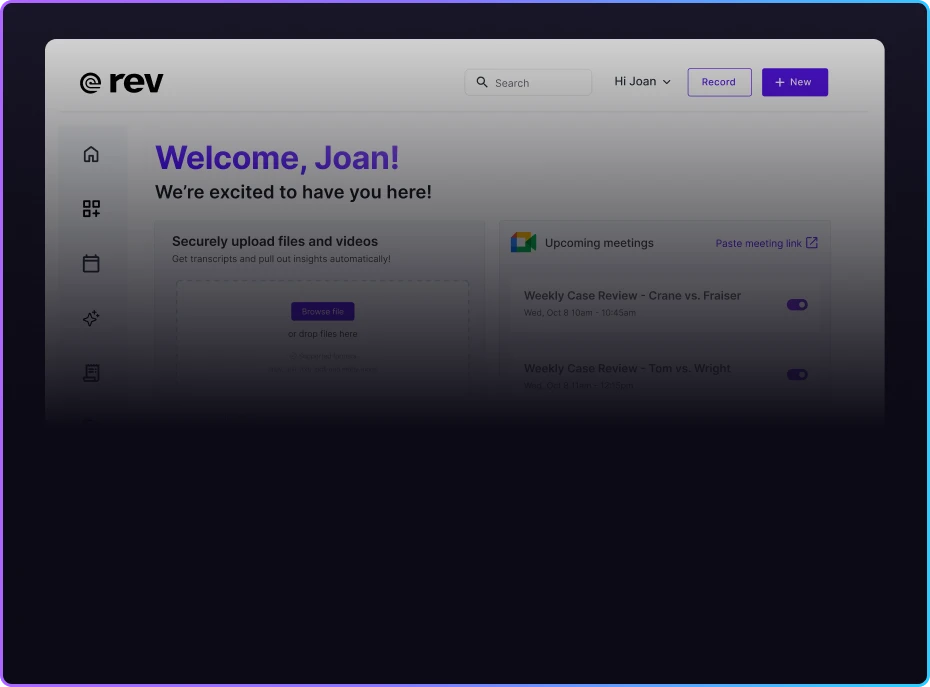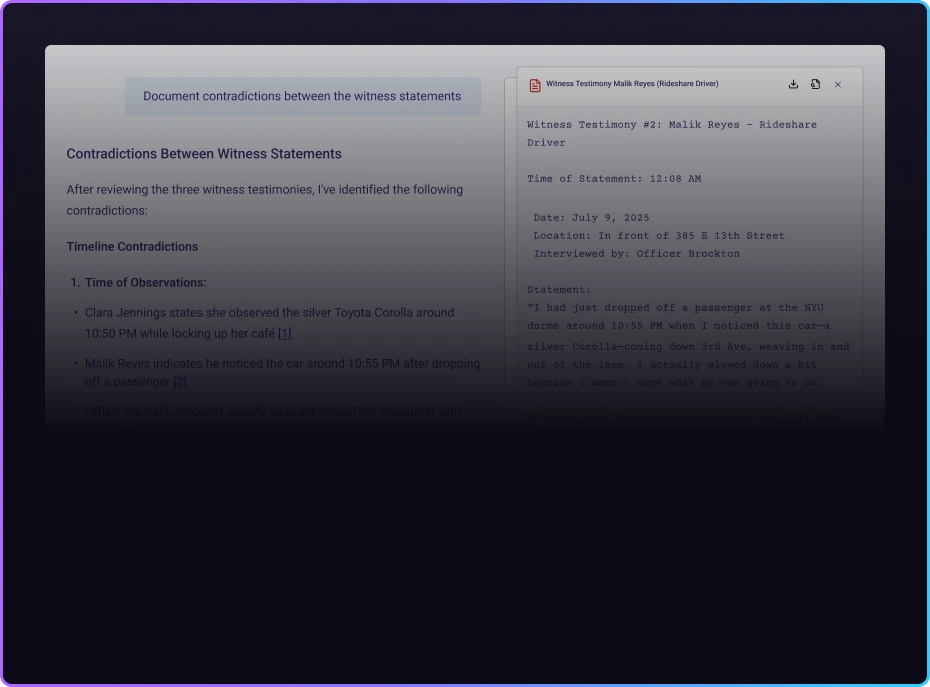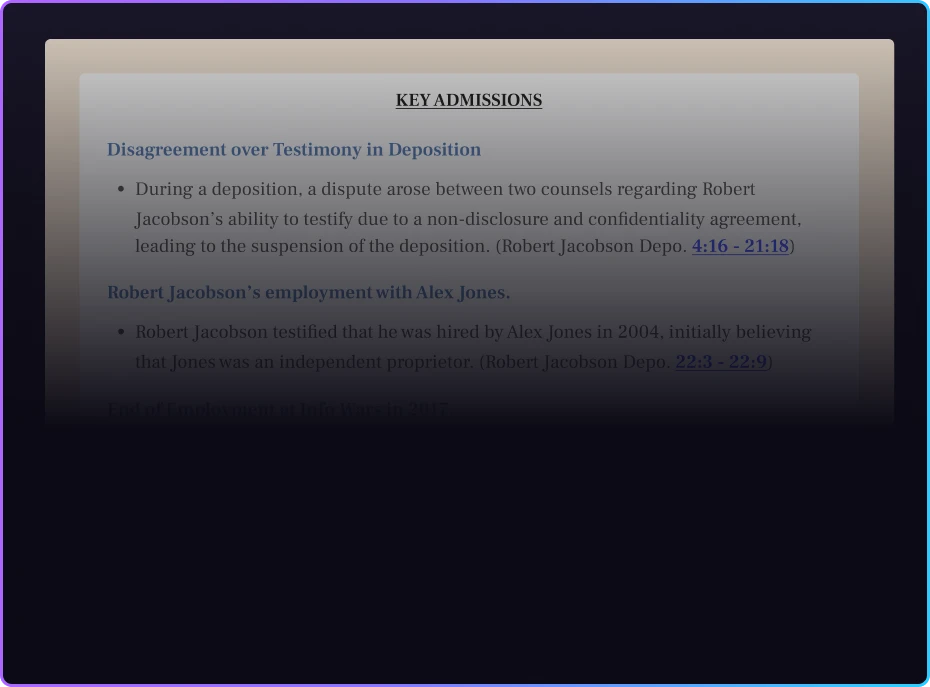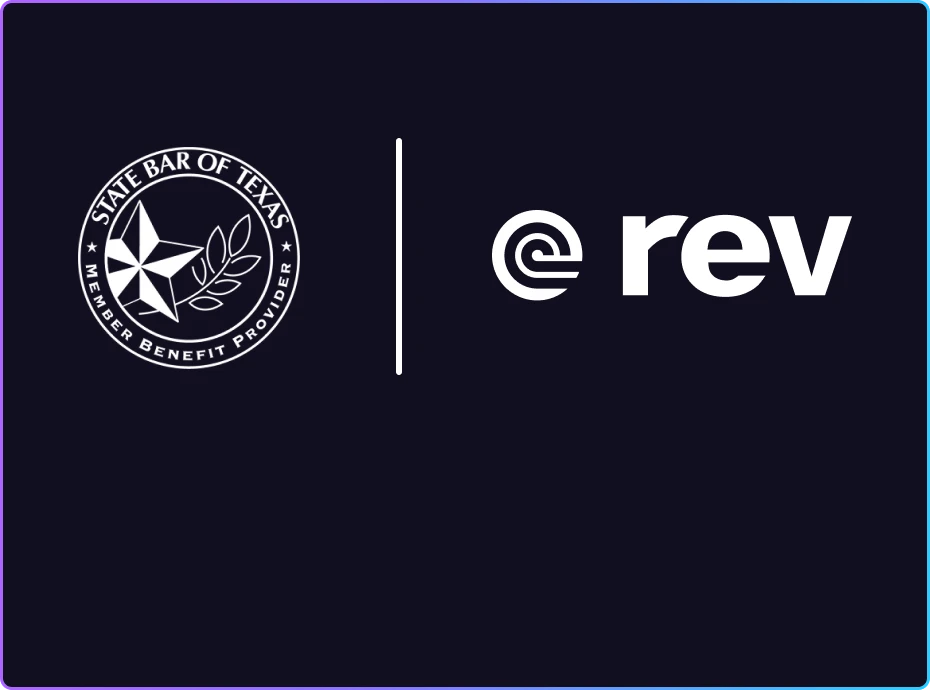Market Research Strategies + Tactics To Improve Productivity
Market research is a valuable tool for businesses. Let’s look at some key market research tools and strategies to help your business grow.

Assessing market potential is crucial for small businesses and enterprises alike. By generating a comprehensive analysis of your competitive landscape, you can figure out how to best position yourself to secure loyal customers and keep them coming back.
With the right type of research, you can determine your target customer base, their needs, and how you can best serve them. Market research gets you face-to-face with your customers so you can study their movements and their attitudes toward your offerings.
As there are a few different types of market research, it’s important to find the one that works the best for you.
What Is a Market Research Strategy?
A market research strategy is a comprehensive plan for how you’re going to collect, analyze, and report data or other information from a specific market. Developing a market research strategy involves first determining what you’re trying to learn about your market or what question you need answered, and then nailing down the research tactics that you’ll use to get those answers.
When conducting research, you want to make sure you’re following the FAIR principles to generate the best possible research. Following the FAIR principles means finding data that is:
- Findable
- Accessible
- Interoperable
- Reusable
Other frameworks you can use include Segmentation, Targeting, Positioning (STP); Strengths, Weaknesses, Opportunities, Threats (SWOT); and Porter’s Five Forces. Let’s look at some key market research tools that can help you find the data you need.
Strategy 1: Focus Groups
A focus group is a tried-and-true tool for market research studies. In a focus group, you’ll invite members of your target audience to test your product, view your website, engage with your brand, and then provide feedback.
Brands of any size can use focus groups, since they don’t require a significant amount of resources to run (a small focus group can be run by just one moderator). Plus, they can generate great feedback from the exact market you’re trying to capture.
It’s helpful to record focus group proceedings to reference later, since focus groups are typically held as in-person or video conversations, meaning they won’t produce written results like a survey or questionnaire. By recording your sessions, you can then return to them later to gain valuable insights and make data-driven decisions.
To make it even easier on yourself, you can use Rev’s note taker to provide an accurate, written transcription of the proceedings for your reference — our AI assistant can even help by surfacing the most important insights and summarizing the entire session.
Strategy 2: Surveys
Surveys are a research tool that involves asking customers a set of predetermined questions to gather information. Questions can be presented in several ways, like multiple choice questions, yes or no questions, open-ended questions, or a rating scale. Surveys are a great tool because of their flexibility, as well as the ability to tailor the questions to uncover specific insights.
Unlike focus groups, survey answers typically do not become a larger conversation. No moderator is present, so you can’t dive deeper into a respondent’s answers to ask why they feel that way or what you can do to change their answer. So, surveys are typically best used strictly to gather data.
Strategy 3: Social Media
You may have seen a viral video or two lambasting a company for bad customer service or a faulty product. With the increasing popularity of social media, so comes the ability for consumers to share their unfiltered opinions on you and your brand.
It’s a good idea to monitor social media sentiment about your brand, not only to do damage control if it’s ever needed, but also to gauge what your customers are liking or disliking about your brand.
It’s also a good idea to monitor your competitors’ social media, and conduct regular competitive analysis. If customers like something a competitor is doing, you can adjust your offerings to fit. However, if customers are complaining more and more about a competitor, you can use the opportunity to step in and attract their business.
Strategy 4: Interviews
If you have the resources and time to invest in interviewing, an interview can combine the benefits of both a focus group and a survey. Interviews have the structure of a survey, as they typically follow a set of predetermined questions, and the flexibility of a focus group, as you can ask participants to expand on their answers if needed.
You can conduct interviews one-on-one with your subject, or conduct group interviews with multiple customers if you want to get a lot of data collected at once. You can also conduct video interviews with your customer base, which can help you conduct global market research or connect with more customers than just those you can feasibly meet up with in person. Connecting with customers throughout the globe helps bolster your research by giving you access to different perspectives.
A good interview subject will be either an existing or potential customer. You want someone who can provide actual insight into your brand and has a working knowledge of the field that you operate in.
You can also record your interview sessions with a notetaker or audio-to-text service like Rev, which will generate an interview transcription that you can reference later.
Strategy 5: Competitor Analysis
A good business will know its closest competitors almost as well as it knows itself. Your competitors can give you great insight into your market since they ultimately have the same goals that you do, and are likely trying to capture the same market segment.
You should analyze your competitor’s brand messaging, marketing strategies, product offerings, and market position to figure out what you’re doing right and what you can change to be a stronger brand. Obviously, you shouldn’t completely plagiarize your competitor’s brand, but if there’s something they’re doing well that you’re not doing at all, you may end up losing business to them.
Strategy 6: Trials
If you offer a product like an app, software, or even a physical product, it’s a good idea to let your target market try it out before it goes to market. That way, you can get valuable feedback from the very people whose business you're looking to capture and make it better fit their needs and wants.
Give users access to your product and let them use it for a period of a few days to a few weeks. Then, ask them for feedback about what worked, what didn’t, and any additional features that they wish your product included. Even if you don’t implement any changes, it’s good to have context about what your target users are looking for.
Strategy 7: Public Data
There is a wealth of information on the Internet, including demographic and consumer research that has already been done for you! Compiling publicly available data like demographics, market trends, technology statistics, and more can give you a groundwork on which to build your brand and business strategies.
Using public data takes a little bit of the tedium out of your market research and avoids making you spend valuable resources getting your own data that you could have found for free online. Just make sure that you vet your resources carefully. A good public data resource will be from a reputable organization within the past few years.
You can find public data from resources like:
- Statista
- The U.S. Census Bureau
- Crunchbase
- Data.gov
- The Boston University Library archives
Strategy 8: Sales Data
Ultimately, businesses want sales. Whether you’re selling t-shirts or time management software, you want customers to make a purchase. Analyzing sales data can help you identify what is working and what’s not.
If sales are down, it may be because a new competitor has hit the market and taken your business. If sales are up, it may mean that consumers are responding well to a new product or marketing strategy you’re trying out.
You should always have your finger on the pulse of your sales. Compile sales data and compare it to what you’ve recently changed (or not changed) within your offerings to glean what consumers are responding to.
Strategy 9: Real-World Observations
What’s the best way to know how your customers interact with your product? Watching your customers interact with your product in the real world. It may be tricky to collect real-world observations because you need access to your customers, but it can provide extremely valuable information.
One method for gathering real-world information is by asking one of your customers if you can watch them use your product. For example, if you sell software to small businesses, you can visit the business’s office to observe them using your product in their day-to-day workflow. You can either stay quiet and take notes of what problems they run into or ask questions throughout the day to see how they are feeling.
Strategy 10: Collect Website Data
Observing how many people visit, interact with, and click through your website can help you gauge customer sentiment toward your brand. For example, if you are getting a lot of visitors to your home page but only a few of those click through to your product pages, you can assume that something on your homepage isn’t inspiring visitors to convert.
Website visits increasing or decreasing is a good way to gauge how popular you are in the market. While website data can’t give you insight into what exactly you’re doing right or wrong, you can use an increase or decrease in web traffic as a jumping off point for looking at the bigger picture.
Tools you can use for collecting website data include Google Search Console, Hotjar, Similarweb, or Google Analytics.
Strategy 11: A/B Testing
A/B testing is a method of research where you compare two options and see which performs better with your target audience. For example, you can test two versions of your new website design with your target customer base to see which one they respond to better.
To run an A/B test, you split live users into two groups and see which version of your test subject performs better. You should also use a control group to see if what you currently have tests the best. You can A/B test everything from logos, webpages, email copy, and social media posts.
A/B testing tools include VWO, Kameleoon, and AB Tasty.
Strategy 12: Create a Market Research Hub
A market research or customer listening hub is a single place to organize your customer feedback. Creating one of these hubs gives your marketing research teams a single place to go to learn more about your target market or markets, which can help them streamline their marketing efforts.
Your teams can use a research hub to:
- Store all data results and analysis, such as focus group results and responses to interview questions.
- Provide access to market research across departments to view and download.
- Track any updates or additions to market research over time.
Types of Market Research
Different market research methods use different tactics to ultimately achieve the same goal: a better understanding of your customers.
You may deal with the following types of information when conducting market research:
- Primary: Primary research is information that you either gather directly yourself or hire a company or person to gather on your behalf.
- Secondary: Secondary research is information that has already been collected and published, and that you are using to inform your brand strategy.
- Qualitative: Qualitative research provides information on how your customer base feels and why they feel that way.
- Quantitative: Quantitative research provides information on the size of your user base, brand impressions, etc.
- Customer: Answers the “whos” of your brand and product, including who is interested in your product and their demographic information.
- Brand: Gives context and information about your brand and how it’s perceived by past and present customers.
Integrating New Research Tech + AI
While market research may be a daunting task, advancements in technology can help take some of the legwork out of it. Technology can help you take comprehensive notes, keep your research organized, and find the specific data you need quickly.
Some tools that can help boost your market research include:
- Rev: Record your interview or focus group sessions and generate accurate, fast transcriptions and analysis. Our AI assistant can even point out the most important insights from your customers, freeing up more time for you to implement marketing campaigns.
- Qualtrics: Seamlessly create and send surveys to your target market when conducting survey research.
- BuzzSumo: Monitor social media mentions of your brand so you can keep track of user sentiment and what people are saying online.
- Statista: Find published data about your target market, including demographic information.
Ethics of Proper Market Research
It’s important to conduct market research fairly and transparently without taking advantage of your consumers or making them feel exploited. Any customers that you’re observing should be participating voluntarily and consent to being studied. You should also always ensure that you treat your customers respectfully, even if they have negative feedback for you.
It’s important to ensure that any customer who is interviewed or surveyed is able to remain anonymous and have their information kept private (or, even if they’re not anonymous, you should still keep their data safe). That means making sure that anywhere you store their answers and identifying information should be kept secure. (Here at Rev, security is a priority, and customer data is always kept safe.)
Make sure you’re familiar with the laws that protect consumer data, such as:
- COPPA: Protects children’s privacy online and requires websites to get parental approval before collecting children’s data.
- TCPA: Designed to protect consumers from spam phone calls or text messages, and makes sure consumers can opt out of phone calls or text lists.
Let’s Go to Market
Market research is crucial for businesses of all sizes. Without it, you may struggle to grow into your market. You can easily conduct market research and gather valuable demographic information by integrating the latest technology into your workflow, like Rev.
Rev is your productivity BFF, helping you record and transcribe your user interviews and focus groups so you can focus on connecting with your customers.
Learn how Rev helps with market research.















